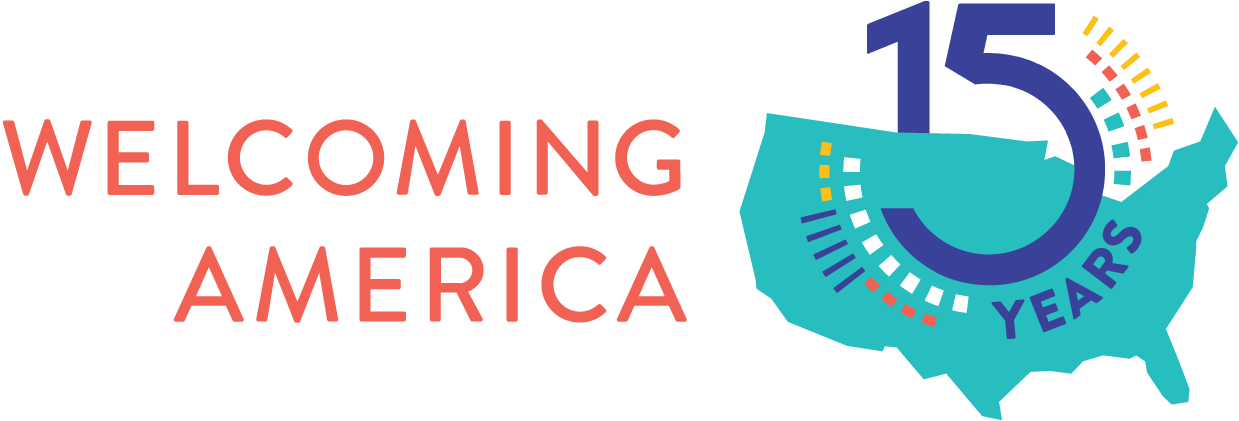
National Policy Platform
Forward-thinking communities around the United States recognize that being welcoming to people of all backgrounds — no matter where they come from — makes them more competitive and vibrant places for all residents.
At this pivotal juncture in our nation’s history, building an inclusive and cohesive America requires a deliberate investment from all sectors, including the federal government. A bold, national strategy and infrastructure is critical to a robust and comprehensive COVID-19 response, strong economy, and fulfilling the mission of every federal agency to ensure that race, ZIP code, status, and origin do not impede the opportunity, success, and contributions of any American, including immigrants.
Other national governments like Canada, Germany, and New Zealand increasingly recognize the important role the federal government plays in building inclusion, belonging, and cohesion, and have established and invested in mechanisms to ensure success.
The U.S. government should do so as well. While federal immigration reform remains foundational to the ability of all Americans to fully participate in and contribute, there is far more that can be done at all levels of government to include immigrant Americans in these efforts and send an unequivocal message that everyone belongs.
Welcoming America is working actively with our coalition partners to advance the following federal agenda:
Activate the Task Force on New Americans: The Task Force on New Americans is a shovel-ready approach to facilitate interagency coordination and ensure a government-wide vision, strategy, and approach to systematically reducing barriers to civic, social, and economic opportunity for all populations, including Afghan arrivals whose long-term success and contributions could be better facilitated through a more coordinated approach. It has existed before in both Republican and Democratic administrations, and can be revived again.
Bring a commitment to racial equity into practice: Some of the most obvious places for the Task Force to start would be robust public engagement to design future programming in partnership with impacted communities and ensure immigrant Americans are not systematically being left out of federal investments. The Task Force could encourage government agencies to look at barriers like origin, race, and mixed status and ensure that universal strategies take a targeted approach to consider these factors. It can look to the many city, county, and state offices that have offices of racial equity and immigrant affairs.
Advance a positive narrative: The lack of an affirmative vision for the long-term well-being and belonging of immigrant Americans — who represent one in six workers and a quarter of all American children — represents a missed opportunity at best and a ceding of the narrative to nativist visions at worst. The abundant examples of successful welcoming communities around the country should be proof that immigration is neither harmful nor chaotic. An affirmative narrative could be a powerful tool in shaping the extent to which other Administration priorities — including economic recovery and civic participation — are accomplished. USCIS has already taken a positive step by establishing a new mission statement. The White House and other federal agencies must ensure that a mission of building a welcoming nation does not live within a single federal agency, but across the entire federal government.
Establish a durable infrastructure through a National Office of New Americans: Welcoming America, the National Partnership for New Americans, and more than 100 organizations have called on the Administration and on Congress to establish and fund an office to ensure that these roles would be enduring commitments and a natural part of governance in an inclusive multi-racial democracy. The office should be charged with developing a comprehensive federal immigrant inclusion strategy, policies, and practices. It can look to the more than 50 such offices operating at the local level with similar functions.
Reinforce immigrant belonging as a public-private partnership, and enable more communities to build their own welcoming infrastructure: By establishing a multisector New Americans Advisory Council and supporting similar multisector efforts at a community level through a Community Inclusion Grant Program, the Administration could rapidly accelerate the ability of a broader cross section of Americans to participate in building a welcoming culture, strengthening trust across lines of difference, and reducing barriers to long term civic, social, and economic participation in local communities.

